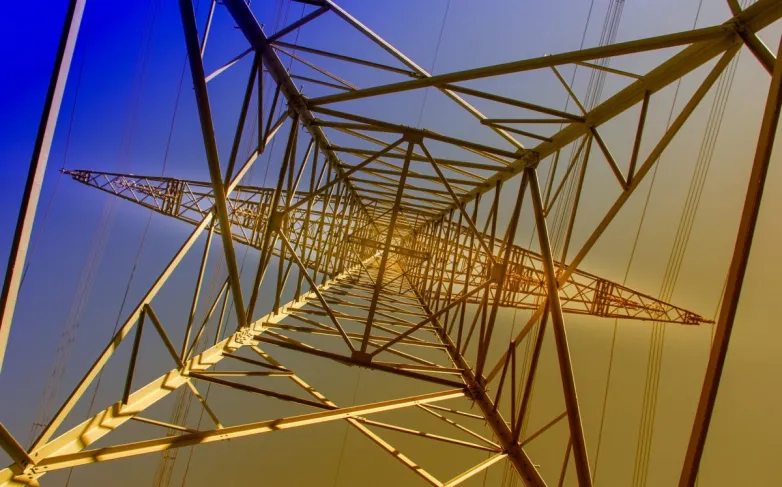How will China’s electricity price reform affect solar?
Sep 30, 2019 05:33 PM ET
- The nation’s plan for grid-parity solar – brought forward to ease a mounting public PV subsidy debt burden – could be left in ruins by a newly-announced scheme to part liberalize the electricity price, itself motivated by a need to bail out financially stricken state-owned power companies.

State broadcaster China Central Television (CCTV) on Thursday night dropped a bombshell on solar developers by reporting the manner in which the price of electricity supplied to the grid is determined will undergo a seismic change from January 1.
With Chinese stocks falling 1-7% in the days before the new policy to liberalize the electricity price was formally promulgated, fears abound that opening the door to a lower coal price will drastically undermine the gains made in bringing solar and wind power projects to grid-parity.
Since 2004, the price of electricity in China has been determined annually by the National Development and Reform Commission (NDRC) after discussion with power plant operators and state-owned coal mining companies.
That ‘benchmark price’ system saw the state-owned operators of coal-fired power plants hammered when the economy was on a rapid upward trajectory. An expanding economy drove up demand for power and, with the coal price having been liberalized long before 2004, thermal plant operators had to pay ever higher prices for the fuel without being able to pass on their costs in higher electric prices. As a result, huge state-owned power companies have racked up billions of renminbi in debt.
The only way is … down
In an attempt to ease the financial burden on state coffers, the authorities will introduce a new variable element to the electric price which will range from 15% below the benchmark price set each year to 10% above it. In order to mitigate the effect on big energy consumers, including polysilicon and other solar manufacturers, the authorities stressed the variable rate will only apply in one direction for the first year of operation. In other words, the price of electricity may fall next year, depending on market values, but will not go above the benchmark level, which CCTV reported will be negotiated between power plants, electricity consumers and the NDRC.
Analysts believe the eventual liberalization of electricity prices could cut both ways for solar. Financial services company Guosen Securities said the new system will be more friendly for coal-fired power plants but the related uncertainty about future coal prices will favor more price-stable sources of power such as solar and wind.
Song Jie Cao, from the Shanghai Solar Energy Society told pv magazine the reform will enable the coal price to fall and be more competitive with renewables. The extensive penetration of renewables in China will mean coal overcapacity, an even lower coal price and less favorable returns from renewables, said Cao.
The mechanism applied to prevent electricity price rises will ensure coal can only become more competitive against renewables, at least for the next 12 months, and a 15% fall in the coal price could leave China’s much-trumpeted plans for grid-parity solar in tatters.
Also read


